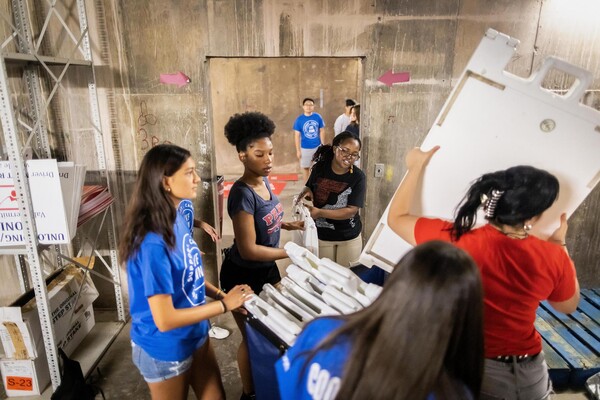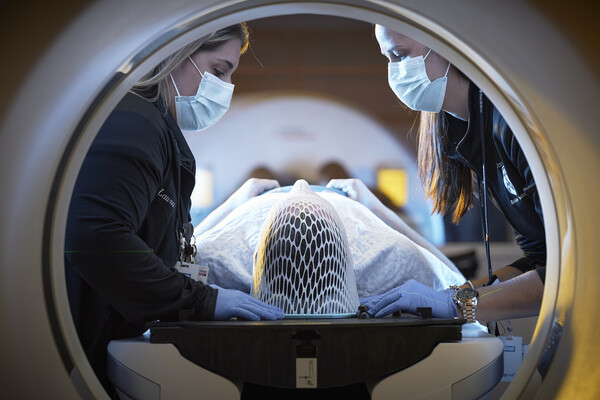The hunt for Orange Julius Caesar
As a child, I wanted to be Indiana Jones. I envied his search for the unknown, battling unforeseeable odds to gain a bit of knowledge for mankind. Yet childhood and two sequels inevitably passed and I moved on to new heroes. Like the apostle Paul, I put away my childish things.
Not so fast…
Why, just last week I was standing in front of the forum in ancient Corinth. Well, I was virtually standing there, thanks to the Corinth Computer Project.
Since 1988, Senior Research Scientist David G. Romano, Ph.D., and the Mediterranean Section of the University of Pennsylvania Museum, under the auspices of Charles K. Williams, Ph.D., and the American School of Classical Studies at Athens, have been using computer software to map out the Roman colony of Corinth. Two months ago the most modern version of the ancient city went cyber — and so did my chance at becoming the great archaeologist.
“Technology has made a huge leap,” said site designer and research associate Nick Stapp, M.Sc., who, in his clean-cut clothes, looks as much like Indiana Jones as I do. “Even with low-budget commercial software we were able to develop a plan of the city in specific chronological periods.”
So I took a tour. From the Web page, corinth.sas.upenn.edu , a big stone block — a surveyor’s tomb from Northern Italy — directed me around the site.
A quick click to the city plan gave me a layout of the city in A.D. 150.
I dusted off my fedora and followed a link to a photographic 360-degree panorama of the excavation area of the forum, with me standing right in the middle of the excavation.
What to do next? Perhaps I’ll be hungry or in need of some new khakis (the non-sweatshop variety, of course), so I’ll follow the links to the basilica, a mall-type map without the familiar names like The Wall or Urban Outfitters. Hey. There’s Orange Julius Caesar.
Then I’m off to a 3-D fly-through via the landscape link. Nick said he’s going to put up some more 3-D fly-throughs eventually. I can’t wait.
In all seriousness, the site is an extraordinary resource for those interested in ancient civilization. Romano and Stapp plan on updating the site frequently with more information and features from the wealth of knowledge they have on Corinth. Excavations in the city have been taking place since 1896, and only a small fraction of the actual city has been unearthed, so there is no want for material.







